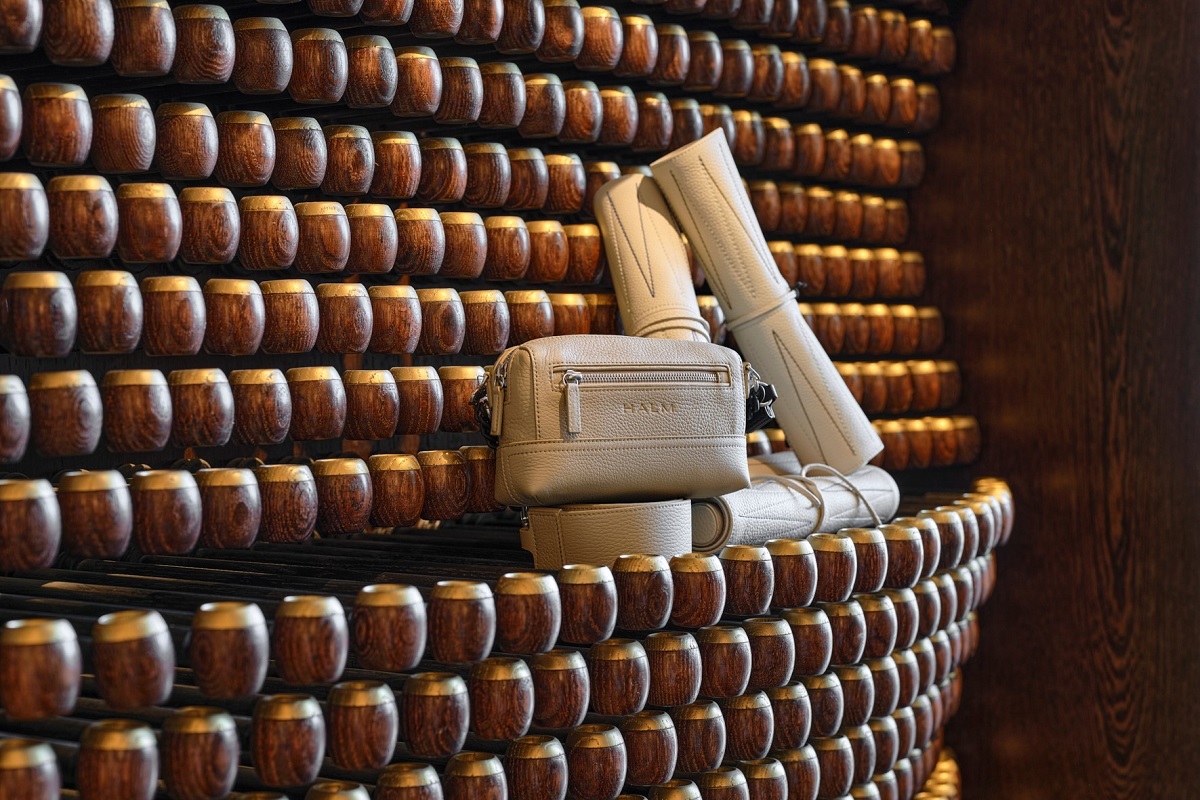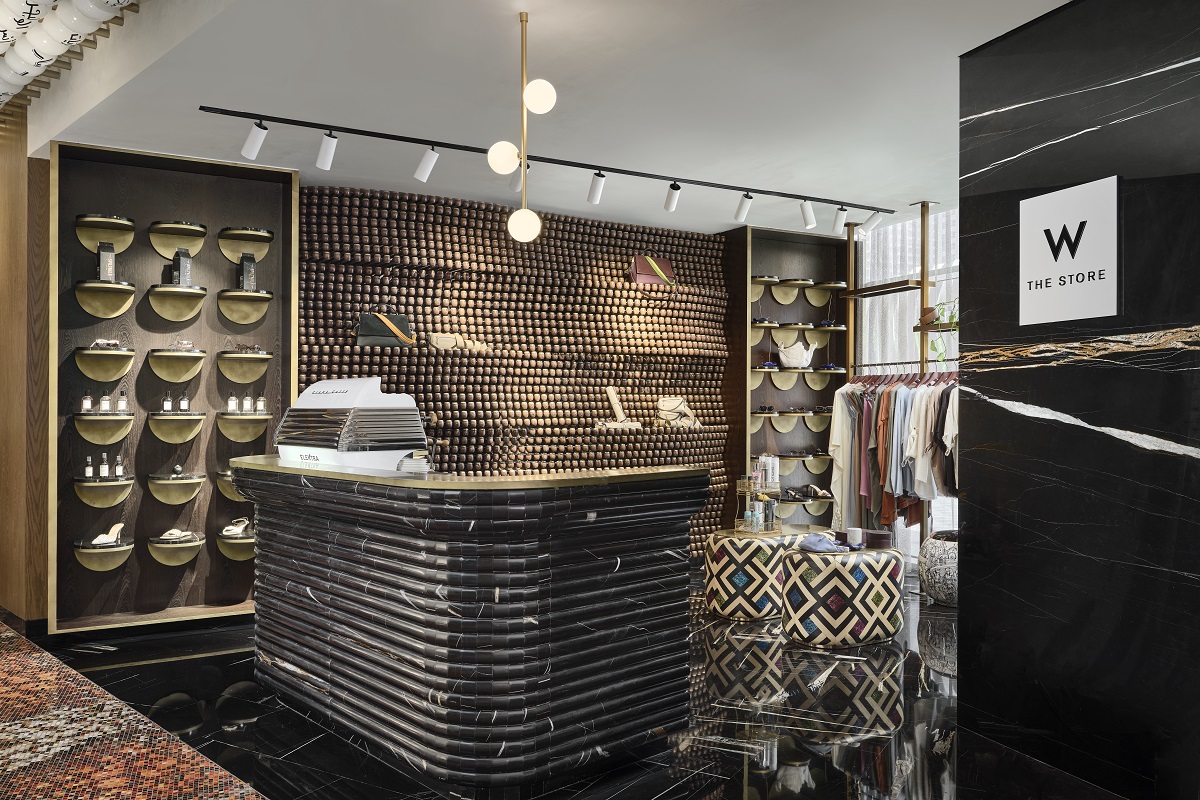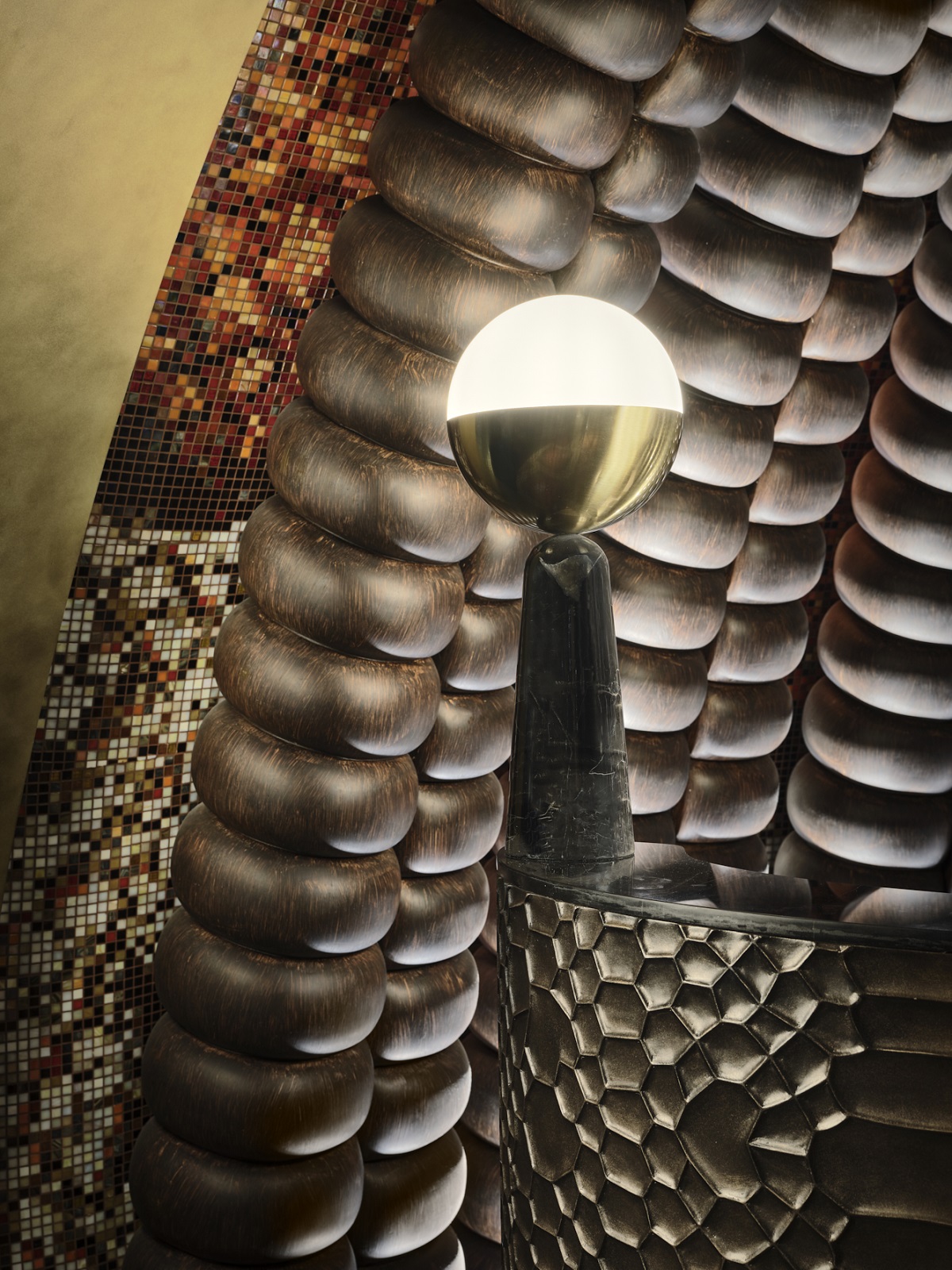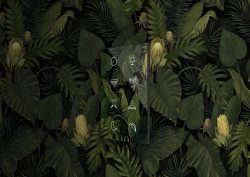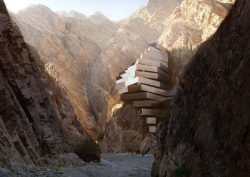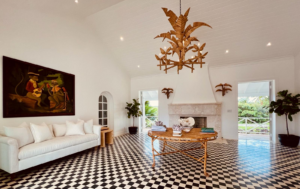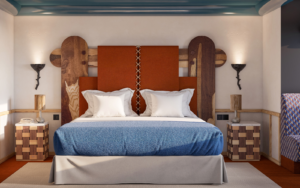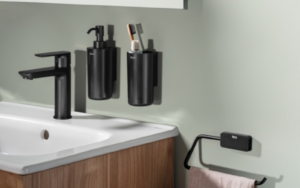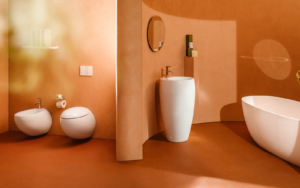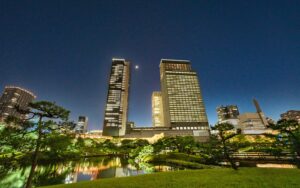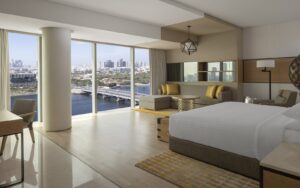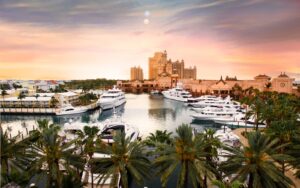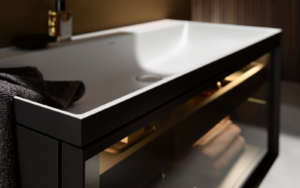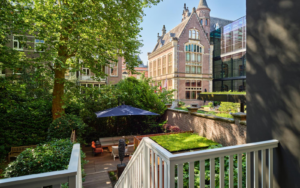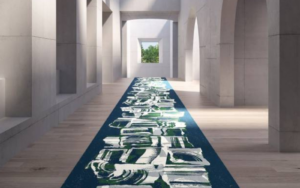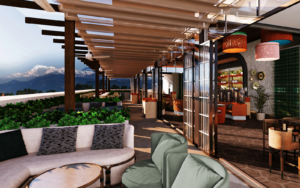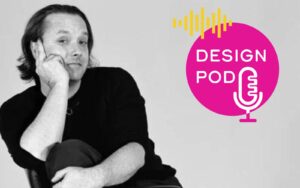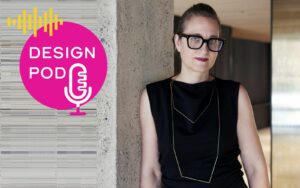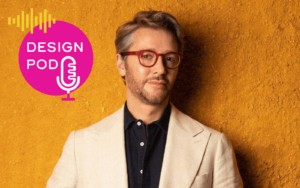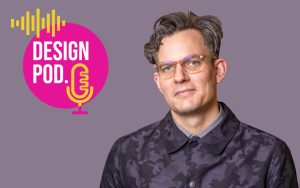Award-winning design studio Stickman Tribe is known for approaching design challenges creatively while connecting to the unique customs and heritage of each new development site. With the studios’ work within the new W Dubai Mina Seyahi receiving a lot of attention, writer Pauline Brettell caught up with Principal and Founder Marcos Cain to find out a little more about the process behind the design…
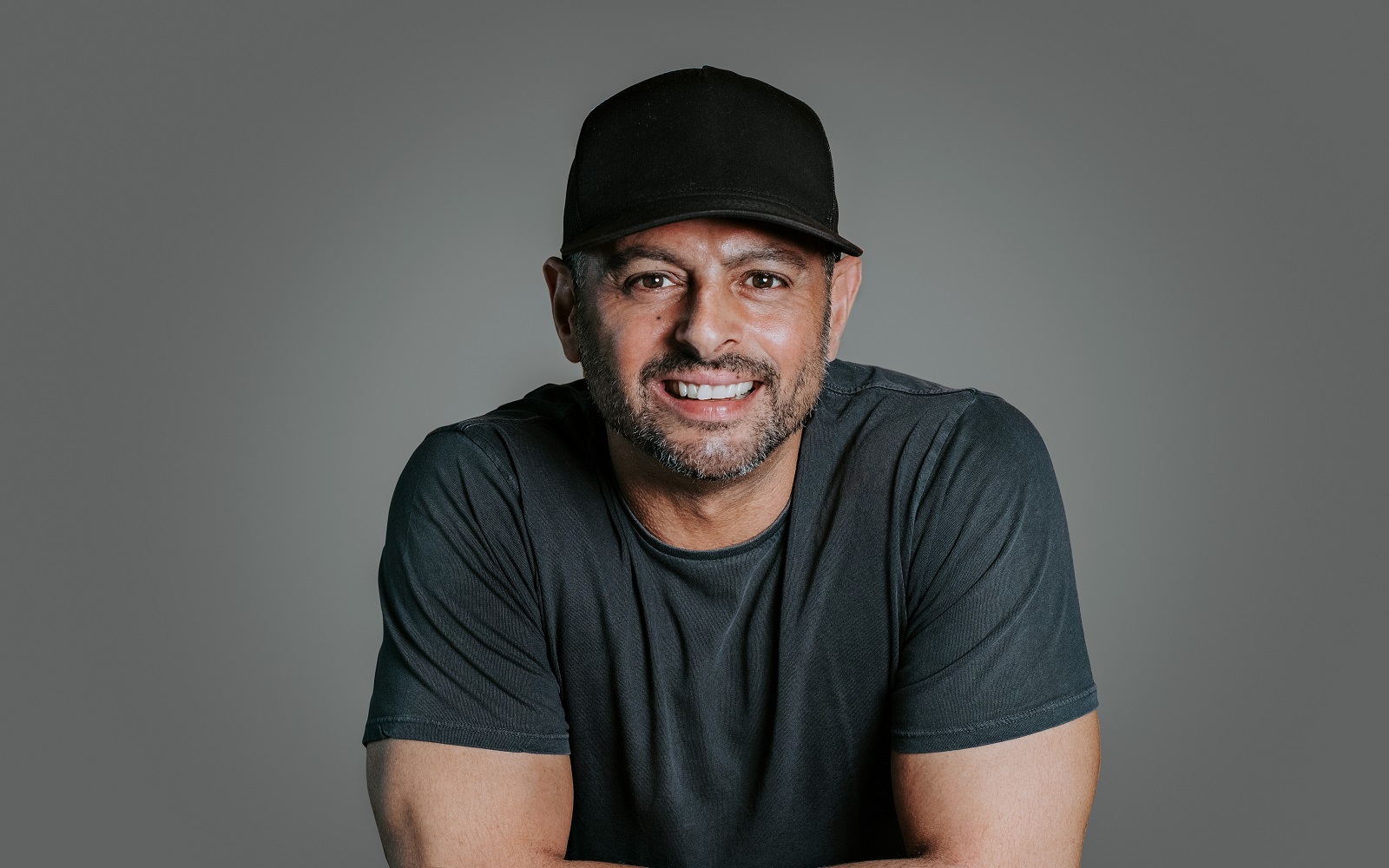
Stickman Tribe design studio works from the starting point that culture is omnipresent in nearly everything that surrounds us, from language and music to architecture and design. When designing new spaces, weaving local culture into that design creates strong connections to people and history. It not only allows it to seamlessly blend into the surrounding ecosystem, but creates a unique visual focal point of storytelling that preserves local history for future generations to enjoy. As Founder and Principal, Marcos Cain along with his tribe, has built an impressive portfolio of projects and clients while weaving these design stories.
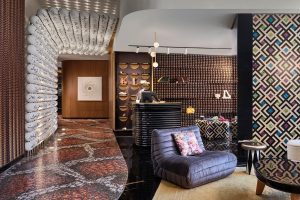
Image caption: W Dubai Mina Seyahi | Image credit: Stickman Tribe
Pauline Brettell: Let’s start at the very beginning – ‘Stickman Tribe’ is a great name… can you tell us the story behind it?
Marcos Cain: From the outset, the intent was to create a sense of curiosity and not sound overly corporate or typical. The name came up during the studio ideation process. I recall drawing a stickman on a piece of paper and flipping it over to my business partner at the time. The idea of a stickman conveys versatility. The stickman can be either man or woman, bare, ready to dress. So, in context, it’s like a mannequin ready to be characterised, not dissimilar to a blank canvas. Stickman then evolved to Stickman Tribe to reflect the concept of who we are and how we collaborate. I’d like to think we have evolved further, where the characters are our projects, and we illustrate them as totems to our craft.
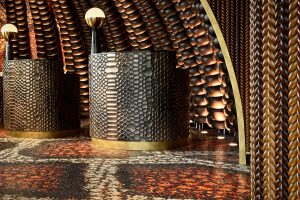
Image caption: W Dubai Mina Seyahi | Image credit: Stickman Tribe
PB: You talk about concept-driven spaces and integrating local culture into design. Can you expand on this in relation to the design process?
MC: At Stickman Tribe, we have no preconceived ideas, and storytelling is an important aspect of the design process. However, prior to that, we build on our creative intelligence, and by defining our craft through collaborative workshops and desktop research, we often reveal hidden opportunities that capture the brief or, sometimes, define the brief.
We look for inspiration and relevance, both operationally and aesthetically. It’s not just a pretty picture. As we build on the creative layers and the operational efficiencies, the story begins to unravel like chapters within a book. Researching the location and its history is a prerequisite in the Stickman Tribe design methodology. The knowledge is intrinsically woven into the design concept to create a memorable and authentic concept that is specific to the project, location, culture, and brief.
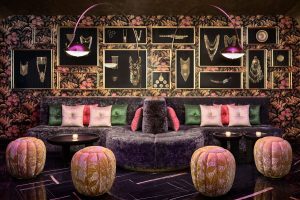
Image caption: W Dubai Mina Seyahi | Image credit: Stickman Tribe
PB: Do you have a standout project or design element you have worked on over the years?
MC: We put our heart and soul into all our projects, so there is no favourite as such. Every project is a landmark venture and clearly expressed in our eclectic portfolio, filled with notable spaces that are unique and distinctive. We pride ourselves on authenticity, creating bespoke signatures for every project we embellish. As the creative lead on every project since conception, I’m careful to ensure that we are unpredictable, while maintaining a sense of whimsical consistency, operational practicality, and successful delivery.
PB: Do you find a tension between working for some of the larger brands and your own ethos with a focus on ‘authenticity’ and ‘no pre-packaged solutions’?
MC: On most occasions we are engaged for that sensibility. Our clients are at the heart of everything we do, and we always appreciate their trust, patience, and unified commitment to originality. With their support, we continue to push the boundaries with a shared vision. Challenges can be met with passionate logic and financial modesty. It’s not always a Cinderella story, but with optimism and a concerning hand, we do our utmost to guide and nurture the best possible outcome.
PB: Do you find there is a move away from cookie-cutter brand solutions – even with the big hospitality brands?
MC: As hospitality specialists delivering bespoke design solutions, we find that there has always been a demand for unique spaces in the industry. Longevity design is a key element of focus for Stickman Tribe, which has earned an industry reputation for creating concept-driven spaces. The tribe aims to ensure that concepts, brought to life through bespoke, high-quality design, not only stand the test of time but evolve with the surroundings and improve the guest experience. As is testimony from our clients, Stickman Tribe has consistently delivered projects that boost tourism and attract an upscale clientele. That being said, some concepts’ success warrants a cookie cutter approach, which serves a purpose on repeat, and we have generated fit out guidelines for various roll outs, acting as the brand custodians from conception.

Image caption: W Dubai Mina Seyahi | Image credit: Stickman Tribe
PB: W Hotel Mina Seyahi is a recent project that is certainly having its moment in the sun – can you explain a little more about the story behind the design?
MC: The overarching concept and design narrative for W Hotel Mina Seyahi was developed by Stickman Tribe. The design concept reflects and captures the essence of the vibrant history of Dubai, as well as its culture and landscape. Growing from a village living from fishing, pearl diving, and boat building, Dubai emerged and started providing ac-accommodation and sustenance for traders who would pass through on their way to sell gold, spices, and textiles. Gradually, Dubai expanded into a business centre where East meets West, inviting like-minded travellers to become part of a significant, unfolded story.
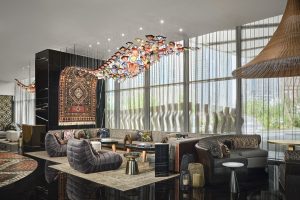
Image caption: W Dubai Mina Seyahi | Image credit: Stickman Tribe
Dubai is a truly multicultural home to eccentric freethinkers, accommodating mostly expats. Spoiled with the hybridity of influences, the cosmopolitan city is characterised by a dynamic, changing face that juxtaposes many prejudices and evokes the city’s defining double act. A strong social community is shaped by interesting, courageous, and ambitious individuals who like to break down barriers, and is reflected in the metropolis’ excessive and vibrant way of life. The design of W Hotel Mina Seyahi reflects these eccentricities.
In the Metropolis, like-minded travellers create new bonds in inner exclusive circles, continuously evolving the public gathering of the age-old Al Halqa. The metropolis is a mix of flavours with a prominent juxtaposition of new and old Dubai – a magical chaos, from fortune-tellers to the Saharan viper and menageries to poets, storytellers and performers, the city evokes the pervasive mix of spiritual and sensual. Also named ‘The City of Gold’, encompassing a literal meaning for traders in the precious metal, the nickname reflects Dubai’s stunning growth from a small Gulf port to a world-famous business and leisure crossroads. Between sources in Africa and consumers in the rising economies of China and India, the geographical location of Dubai has played an important factor in becoming the regional gold capital. Next to gold, fresh stocks of spices and textiles arrive daily, transported by Dhow from countries such as Pakistan, India, and Iran. The narrow passages of the old souqs are filled with aromatic scents and passionate conversation. It is a bold environment that is perfectly in line with Dubai’s multiple, ever-changing personas.
By walking through the W Hotel Mina Seyahi, you can see a reference to all these elements. As soon as guests enter the main doors, they are greeted with crystal pages floating in the air. A depiction of Al Hakawati or a storyteller’s book, the installation symbolises the stories being shared within the hotel. Towards the right, lies the reception desk and the waiting area. One of the main design elements in this space includes a flying carpet in the lobby’s waiting area. Located in the halqa-inspired waiting area, the flying carpet appears to burst into crystals. The lobby alludes to mythical snake charmers with a basket inspired back feature wall and snakeskin inspired reception desks. Also, a mosaic-tiled path resembling snakeskin leads guests to the check-in desks.
The rest of the lobby space, which is towards the left of the entrance, is designed as ‘The Gold Souk’. A contemporary take of an oryx sculpture, made of black and brass steel wire, forms the central design element. Gold trinkets hang from its antlers. The space features warm hues and gold accents often associated with these traditional markets. Another design element includes a beaded feature wall. Each bead features a name of a story from the1001 Arabian Nights. In the Arabian Leopard -inspired lobby bar, guests are enveloped in a sense of fantasy while enjoying a cocktail or a meal.
PB: Do you see any new trends emerging in the arena of hotel and hospitality design as we head into 2023?
MC: We find that there is an increased focus, and demand, on sustainability. Designers are looking at using naturally produced materials in a way that can easily be repurposed for the future. There is also an influx of new materials that serve as a sustainable alternative to what has been in use previously. For instance, bioplastics, which is plastic made from plants or other biological material.
The future of hospitality is becoming integrated communities, where they break the institution and enter the fabric of society, like Airbnb which has identified another market, or the eco luxury and boutique experience. Home-stay vibes resonate with the consumer and provide a level of authenticity and localism. What’s emerging is a different form of hospitality—that which is layering into society, removing the boundaries of a vertical or horizontal stack, and entering a more local boutique experience of hidden gems, take Ryokan as an example.
PB: And finally, can you share the exciting new projects in the pipeline?
MC: Stickman Tribe has a lot of exciting developments on the horizon, and we aim to go bigger and bolder with each one. Together with the Dubai, Shanghai and newly opened Australia studios, we will continue crafting unique, experience-led hospitality designs in the new year.
We have an upcoming projects with Anse La Mouche, Hilton Canopy, Seychelles – Stickman Tribe has a unique and authentic understanding of Hilton branded properties, and we are honoured to be part of Canopy’s first Seychelles project. Situated on the long-curved bay in the South-West of the island Mahe, the quiet haven is overflowing with natural serenity. Our full scope design took inspiration from all aspects of the electric culture of Creole, paired with the island’s unique and rich flora and fauna. The full scope included F&B outlets, a kid’s club, hotel public areas, a spa & gym, guest rooms & suites as well as the residences.
The studio is working on the upcoming LXR Hotels & Resort on the private Al Nawras Island in Abu Dhabi. The project will mark the entry of the LXR Hotels & Resort brand into Abu Dhabi. The striking resort is set among lush greenery and will place a strong emphasis on wellness and recreation.
The new Mandarin Oriental Hotel in the Maldives is another pipeline project and is slated to open in 2025. Comprising 120 stand-alone villas, the resort will occupy three private islands on Bolidhuffaru Reef in South Male Atoll. In addition to the villas, the resort will be home to six dining outlets, including three specialty restaurants and a sunset bar.
Stickman Tribe was engaged to take on the F&B outlets for the SO/ Maldives by Accor, Crossroads resort. The socially vibrant destination located on an exclusive island in the exotic South Malé Atoll will bring a fresh sense of avant-garde style and sophistication while reflecting the local spirit of the Maldives.
And of course, the iconic Conrad Hilton hotel is set to open in the coming months in the heart of the Malaysian capital. Stickman Tribe was tapped to design the F&B outlets for the hotel. The property will include an Origami restaurant, the MOD all-day dining restaurant, the hotel’s contemporary three-meal epicure, and refined, whimsical Chinese restaurant Li Yuan.
Main image credit: Stickman Tribe

